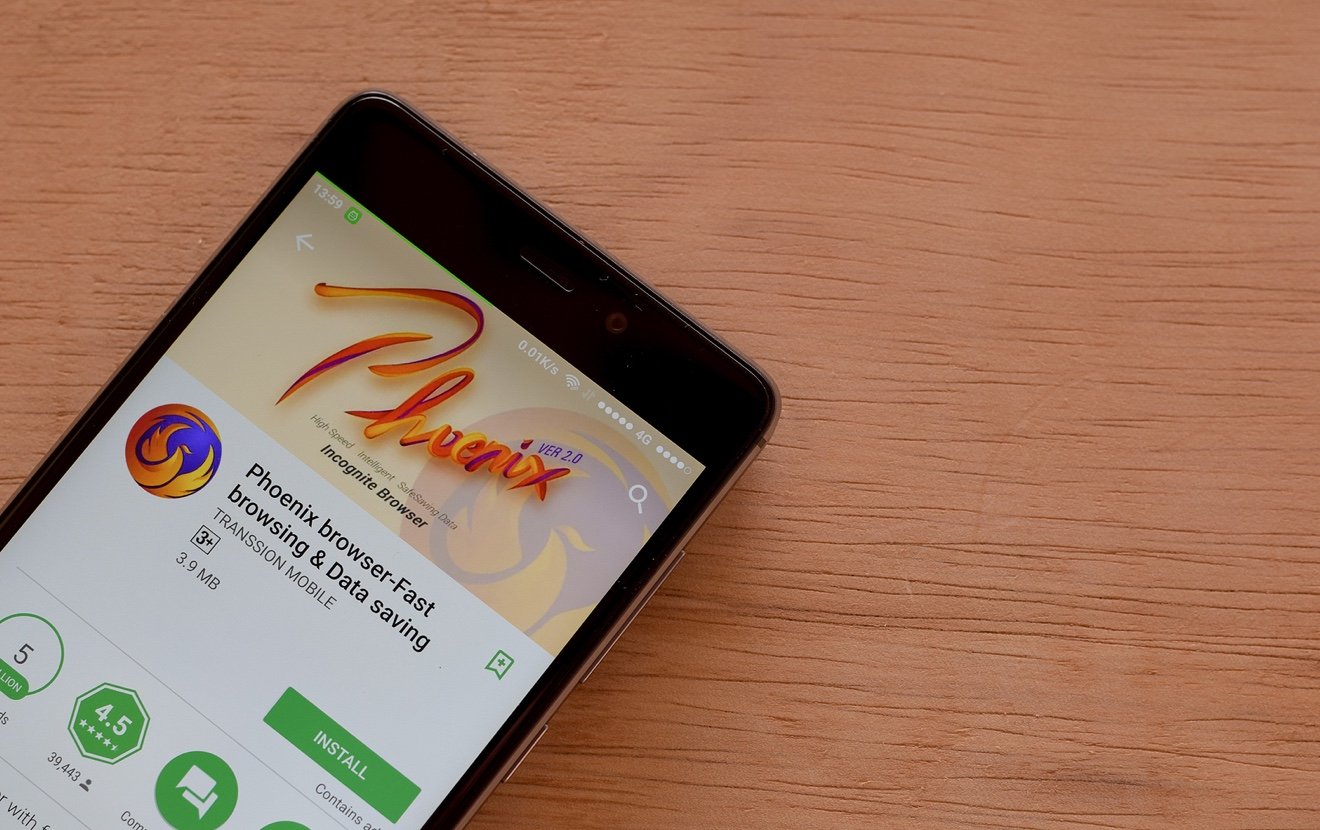Throughout America employers are considering how to empower their diverse employees and provide them with a forum for their voices to be heard. One trend that is gaining traction is the creation of Employee Resource Groups (“ERGs”) for diverse employees within the organization. If they have not already done so, credit unions should consider implementing ERGs for their teams as they help unlock the benefits of a truly diverse and inclusive workplace.
What are ERGs? They may also be referred to by other names such as “Diversity Networks” or “Diversity Forums”, though in my experience ERG is the most common term. In essence, they are employer-supported and employee-lead groups who help create an overall organizational culture focused on the principles of diversity, equity, and inclusion. For example, when I worked under a previous employer, I served as the President of the Hispanic Leadership Forum (“HLF”), an ERG who’s mission was to help the organization’s Hispanic employees feel supported, welcomed, and included.
Let’s take a look at two critical elements mentioned above. The first, is that the ERGs are supported by the credit union. This means that while the credit union should create some ground rules and provide oversight, it should actively endorse the ERG and encourage its employees to participate in its activities. I would also highly encourage senior executives to participate, at least occasionally. For example, when I lead the HLF, one of the senior executives was named our “executive sponsor” and she would provide the organization and its leadership with formal mentorship. Some organizations even give their ERGs a budget to help carry out their activities. The second critical element is that ERGs are employee lead. They should not be seen as being driven by the top. You want to see employees volunteer to take the lead and plan the ERGs activities. Many ERGs even organize their own board leadership structures, which is also a useful way for the organization to see useful leadership potential in employees.
Because the ERGs are lead by the employees, the employees should decide how to create a culture of diversity, equity, and inclusion. Often ERGs would host professional development events to help develop the workforce. Also, ERGs can celebrate culturally important occasions. For example, during Hispanic Heritage Month, the HLF would host a series of events around Hispanic culture such as Latin dancing, cooking, and Spanish classes. ERGs also provide effective means for employees based in other locations to network and get to now each other. Critically, many ERGs provide a forum for their members to address their concerns for how to improve diversity, equity, and inclusion within the credit union. Management should take seriously the concerns raised within these forums and even send management representatives to participate and respond.
ERGs can bring significant benefits to credit unions. As research has shown, diverse organizations and teams have been shown to outperform non-diverse ones. ERGs can help attract diverse talent by showing candidates that credit union management is committed to developing an inclusive culture. For example, when I was at the HLF, I was sent to conferences as part of the recruiting team where I spoke to candidates about the activities of the HLF and our sister ERGs. ERGs can also lead to the retention and development of diverse talent by helping improve employee morale and providing leadership and development opportunities. Finally, they can even help gain insights into new markets. Often diverse communities are underbanked and the ERG members can let management know of the needs of their communities.
As ERGs become more common in larger enterprises, credit unions should consider following their lead and establish ERGs for their own employees. When done right, they can bring enormous benefits to the credit union. There are numerous resources available to help credit unions set-up ERGs and I am also more than happy to assist.







